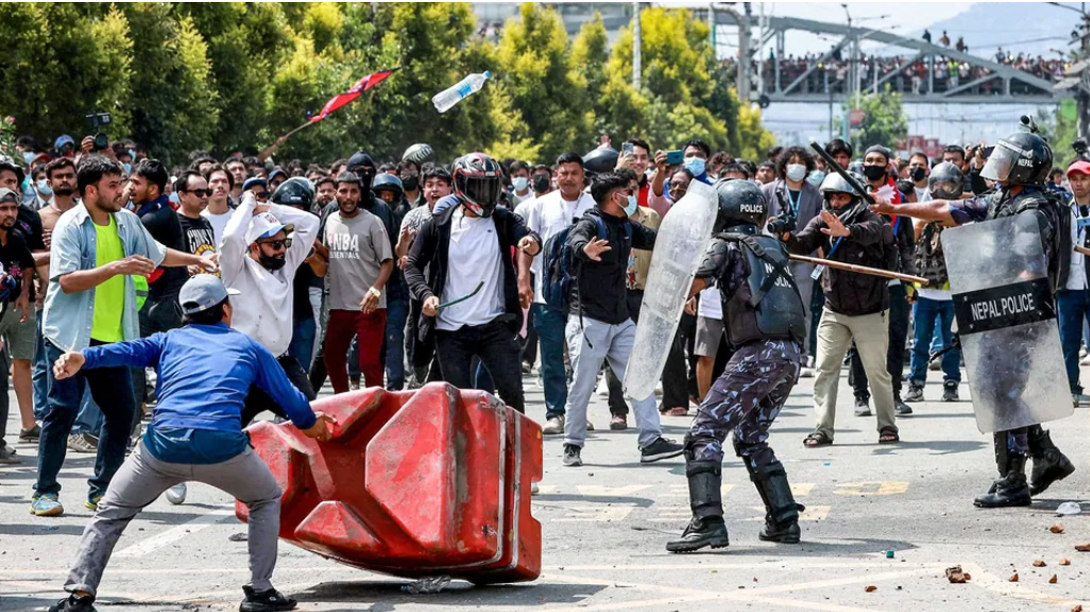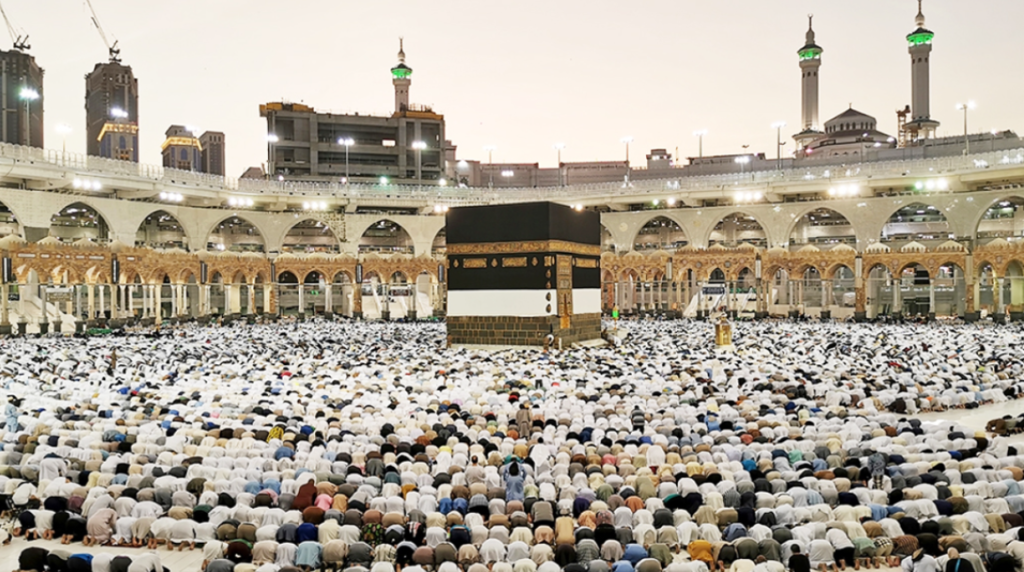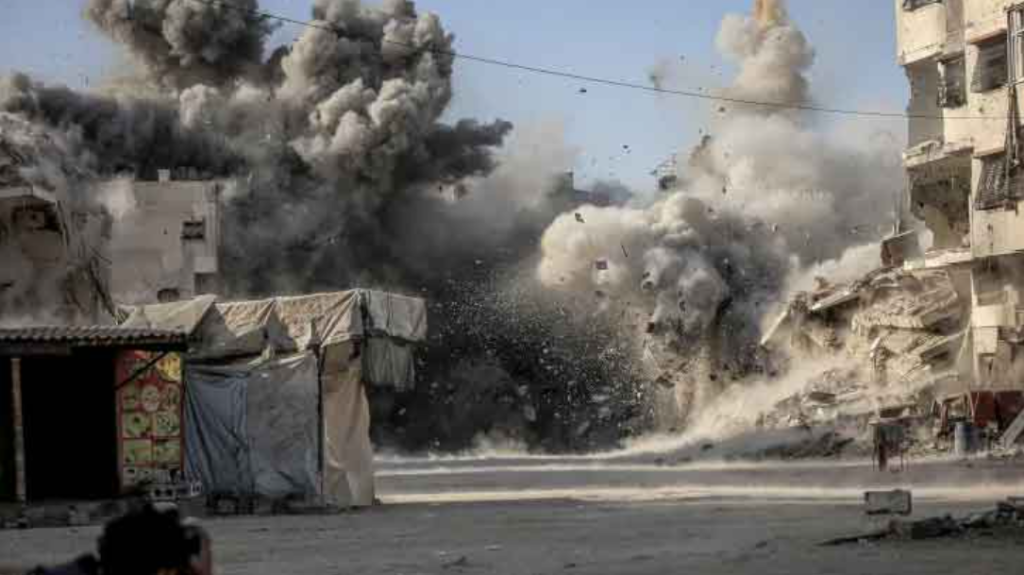Desk Report:
The Nepalese government collapsed in just 48 hours in the face of the fierce protests of the gen-zid. The people of the country see it as one of the victories in history. However, they have had to pay a heavy price for this victory. Tanuja Pandey, one of the organizers of the movement, said, “We are proud. However, at the same time, there is also great anger, sorrow and regret.”
According to a report by the British media outlet BBC, 72 people have been killed in this movement in the country. It is being described as the worst violence in the country’s recent history. Government buildings, houses of political leaders, and even luxurious establishments like the Hilton Hotel, which opened in July 2024, were burned in the movement. In addition, vandalism and looting took place in various places across the country. The wife of a former prime minister is still fighting for her life after being burned by the fire set by the agitated crowd.
Ashish Pradhan, a senior adviser at the International Crisis Group, said the protests were a “complete rejection of the political class for decades of corruption and misuse of state resources.” But he warned that the damage to public services could be as devastating as the 2015 earthquake, which killed nearly 9,000 people. The devastation was not limited to the capital Kathmandu, with at least 300 local government offices damaged across the country. The Kathmandu Post, a Nepali news outlet, estimated the financial damage at 3 trillion Nepalese rupees ($21.3 billion), nearly half of the country’s GDP. Even the Kathmandu Post office was vandalized and set on fire.
Two days before the bloody protests on September 8, 24-year-old environmental activist Pandey posted a video on social media showing a mining site in the Chure mountain area, captioning it, “Nepal’s wealth belongs to the people, not to politicians’ private limited companies.” He urged the youth to rise up against corruption and misuse of state resources.
According to a BBC report, the movement was largely leaderless. The anger intensified when the government announced a ban on 26 social media platforms in the country. The government argued that these platforms were not registered locally. In the meantime, anger had been building for months against the so-called “Nepo babies.” Here, the term “Nepo babies” refers to the children of influential politicians. They were constantly flaunting their luxurious lifestyles and wealth on social media.
One of the most talked about pictures was of Saugat Thapar, the son of a provincial minister, standing next to a Christmas tree decorated with boxes of luxury brands like Louis Vuitton, Gucci and Cartier. Angry people commented that while the people of the country are struggling to ensure the provision of basic needs, how can the children of politicians live such a luxurious life? In response to criticism, Saugat said, “This is unfair and a misinterpretation.” He claimed that his father spent every penny he earned as a government employee on the welfare of the people.
Nepal is called a young democracy because the country has not been democratic for very long. After a long monarchy and a decade-long Maoist civil war, the king was overthrown in 2008 and Nepal officially became a republic. More than 17,000 people lost their lives in that war. But the promised stability and prosperity are still elusive. Nepal has seen 14 governments in the last 17 years. None of the governments has been able to complete a full five-year term. The Communist Party and the Nepali Congress Party have alternated in power. The same leaders, such as KP Sharma Oli, have returned to power multiple times.
The country’s per capita GDP is still below $1,500, the second lowest in South Asia. About 14 percent of Nepalese work abroad, and one in three families receives remittances. Pandey comes from a middle-class family in eastern Nepal. His father is a retired government teacher. He was diagnosed with a brain tumor three years ago. Pandey’s family is on the verge of bankruptcy while trying to pay for his treatment. His elder sister has had to migrate abroad to support the family.
Before the protest, Pandey and his comrades had drawn up guidelines for peaceful protests. They called for avoiding violence and being wary of troublemakers. On the morning of September 8, he and his friends arrived at the central Maitighar Mandalay in Kathmandu. He expected a few thousand people to gather. But the crowd gradually swelled. “Initially, the atmosphere was peaceful and like a gathering. We all sat and sang old Nepali songs, and the slogans were humorous,” said protester Akriti Ghimire (26).
But by noon, the situation began to change. The crowd moved towards the parliament in Notun Baneshwar. Both Pandey and Ghimire saw some people coming there on motorcycles, older than the average Gen-G protestor. They suspected them of being instigators. Soon, the situation began to turn chaotic. Some of the protesters tried to break through the security and enter the parliament building. The police used tear gas and water cannons to stop them. There were allegations that the police even opened fire on the protesters and even schoolchildren.
The situation took a turn for the worse the next day. In retaliation, the protesters set fire to the parliament building, the Prime Minister’s Office and other government buildings. Pandey and Ghimire watched the events unfold online from home. “Many expressed relief because finally politicians were reaping the fruits of their labour,” Ghimire said. But the joy did not last long. “I saw people pouring petrol from motorbikes into bottles and attacking Parliament,” said Pandey.
Lawyer Pandey wept as he saw the Supreme Court burning. To him, the court was like a temple. Some of his friends tried to put out the fire, although they knew it was in vain. “Everyone is saying that those who came to burn these buildings had a different purpose. But who are they?” Ghimire asked. The attackers’ faces were covered in the video.
Finally, some peace was restored when the army was deployed. A curfew was imposed for several days to calm the situation down. At the end of the week, former Chief Justice Sushila Karki was made the caretaker prime minister. The protesters wanted her as the prime minister. Pandey hopes that she will lead the country efficiently, hold elections on time and return power to the people.
But many analysts believe that there are still concerns about the country’s political future. Rumela Sen, a South Asia expert at Columbia University, says, “It is worrying to see the military as a symbol of unprecedented stability.”
Durga Prasai’s role has sparked further controversy. She joined the discussion at the invitation of the military. However, she was arrested last March for violent pro-monarchy protests. She later fled to India but was brought back. This is why the Gen-G activists withdrew from the discussion.
Nevertheless, Pandey wants to remain optimistic about the country’s future. “This is the political awakening of our generation. We will no longer remain silent, we will not accept injustice. This is not just a light protest, but a bold challenge to the system that has held power for decades.”




